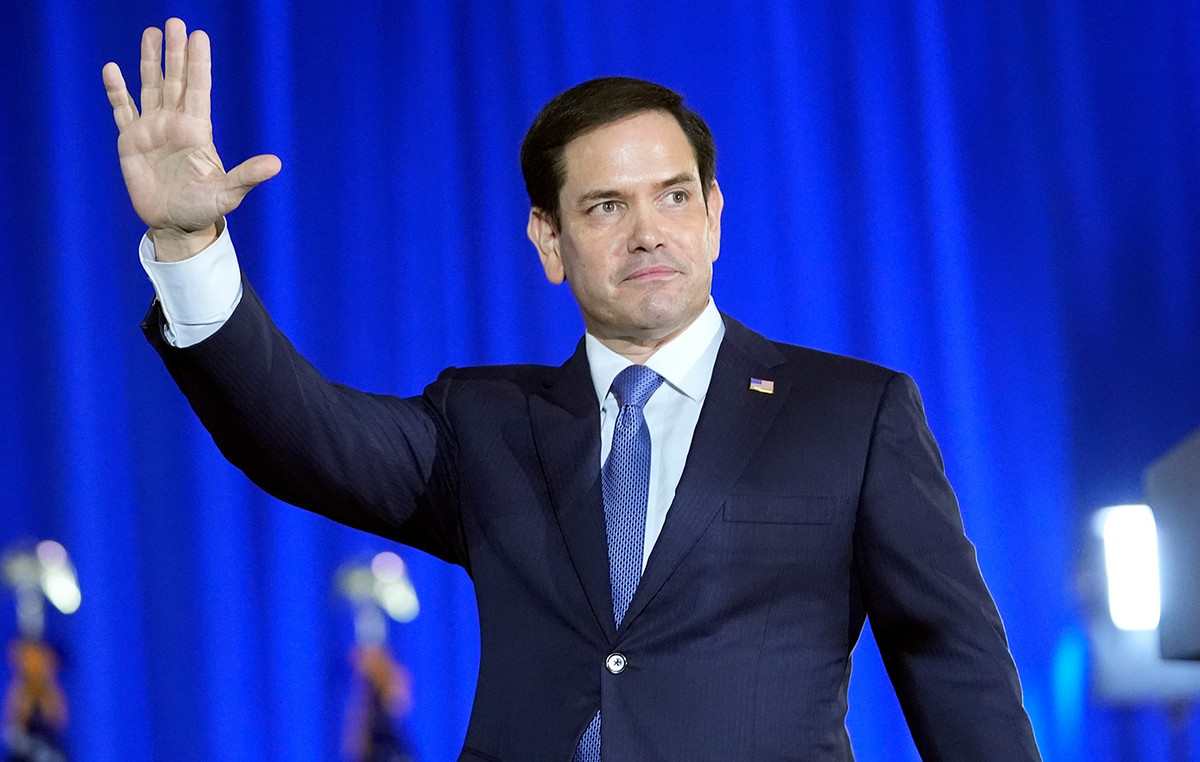- The US dollar index is quoted with some profits about 99.30 amid the caution of investors.
- Trump attacks the Fed while GDP disappoints and tariffs affect.
- PCE inflation is slowed but remains persistent, keeping Fed’s observers alert.
The US dollar index (DXY), which measures the value of the US dollar compared to a foreign exchange basket, remained about 99.30 on Wednesday while investors remained cautious before non -agricultural payrolls and inflation data that will be published later in the week. A contraction in the Gross Domestic Product of US and contradictory inflation signals keep the market participants in tension.
Daily summary of market movements: the US dollar awaits confirmation while the economy wobbles
- The United States economy contracted 0.30% in the first quarter of 2025, according to the Office of Economic Analysis, breaking the expectations of a 0.40% growth.
- The Personal Consumer Expenses Index (PCE) increased by 2.60% year -on -year in March, below 3.00% in February, aligning with the analysts’ forecasts.
- Personal income and personal spending increased 0.50% and 0.70%, respectively, in March, exceeding expectations and suggesting resilient consumption.
- The creation of employment in the private sector was drastically slowed to 62,000 in April, according to the ADP report, well below the 108,000 forecast.
- President Donald Trump attacked the president of the Federal Reserve, Jerome Powell, during a melting in Detroit, claiming to have greater knowledge about interest rates.
- Trump signed an executive order that relieves tariffs on car parts, with the aim of reducing inflationary pressure on car -related goods.
- The largest market reaction to GDP and PCE data remained contained while the US dollar index was remained above 99.30.
- The GDP Price Index increased by 2.30% in the first quarter, below the expected 2.40%, highlighting a moderate inflation impulse throughout the economy.
- The uncertainty of the consumer and the anxiety related to the tariffs continue to weigh on hiring, according to comments by the chief economist of ADP, Nela Richardson.
- Investors prepare for non -agricultural payroll and the Manufacturing PMI ISM on Friday, which could significantly impact Fed fees expectations.
Technical analysis: DXY remains in a range on Wednesday
The DXY quote around 99.40, registering a modest gain of 0.21% in the day while staying in a range between 99.14 and 99.56. The relative force index (RSI) is 37.42, while the MACD is moving towards a neutral up to bullish. However, the downward pressure persists since the simple mobile socks (SMA) of 20 days (100.55), 100 days (105.57) and 200 days (104.46) generate signals of sale.
The bearish confirmation is reinforced with the exponential mobile socks (EMA) of 10 days (99.59) and 30 days (101.32). The percentage range of Williams (14) in -71.47 and the rapid stochastic RSI (3, 3, 14, 14) in 79.79 remain in neutral areas. The support is observed at 99.28 and 99.19, while the resistance is 99.59, 100.49 and 100.55.
US dollar FAQS
The US dollar (USD) is the official currency of the United States of America, and the “de facto” currency of a significant number of other countries where it is in circulation along with local tickets. According to data from 2022, it is the most negotiated currency in the world, with more than 88% of all global currency change operations, which is equivalent to an average of 6.6 billion dollars in daily transactions. After World War II, the USD took over the pound sterling as a world reserve currency.
The most important individual factor that influences the value of the US dollar is monetary policy, which is determined by the Federal Reserve (FED). The Fed has two mandates: to achieve price stability (control inflation) and promote full employment. Its main tool to achieve these two objectives is to adjust interest rates. When prices rise too quickly and inflation exceeds the 2% objective set by the Fed, it rises the types, which favors the price of the dollar. When inflation falls below 2% or the unemployment rate is too high, the Fed can lower interest rates, which weighs on the dollar.
In extreme situations, the Federal Reserve can also print more dollars and promulgate quantitative flexibility (QE). The QE is the process by which the Fed substantially increases the flow of credit in a stuck financial system. It is an unconventional policy measure that is used when the credit has been exhausted because banks do not lend each other (for fear of the default of the counterparts). It is the last resort when it is unlikely that a simple decrease in interest rates will achieve the necessary result. It was the weapon chosen by the Fed to combat the contraction of the credit that occurred during the great financial crisis of 2008. It is that the Fed prints more dollars and uses them to buy bonds of the US government, mainly of financial institutions. Which usually leads to a weakening of the US dollar.
The quantitative hardening (QT) is the reverse process for which the Federal Reserve stops buying bonds from financial institutions and does not reinvote the capital of the wallet values that overcome in new purchases. It is usually positive for the US dollar.
Source: Fx Street
I am Joshua Winder, a senior-level journalist and editor at World Stock Market. I specialize in covering news related to the stock market and economic trends. With more than 8 years of experience in this field, I have become an expert in financial reporting.







